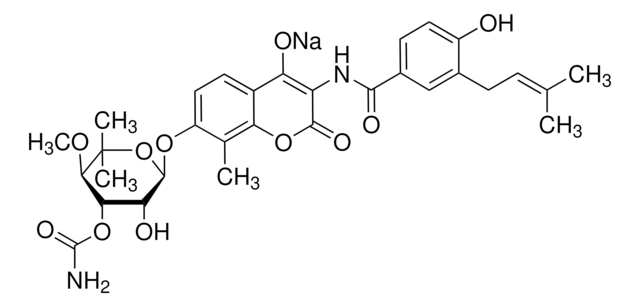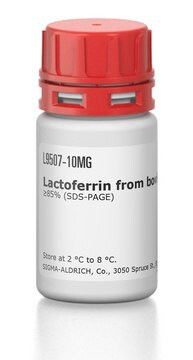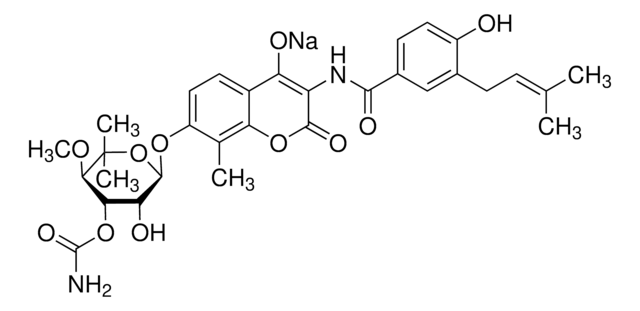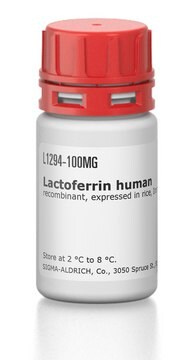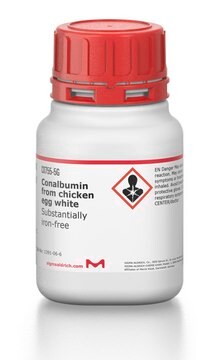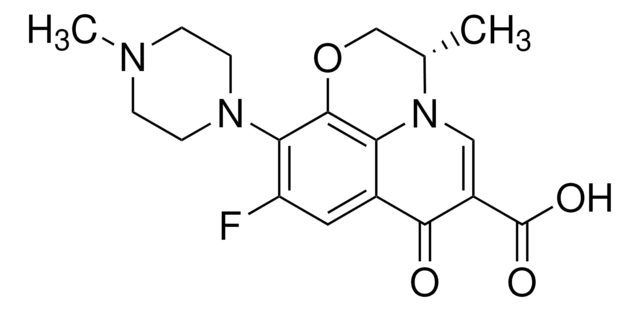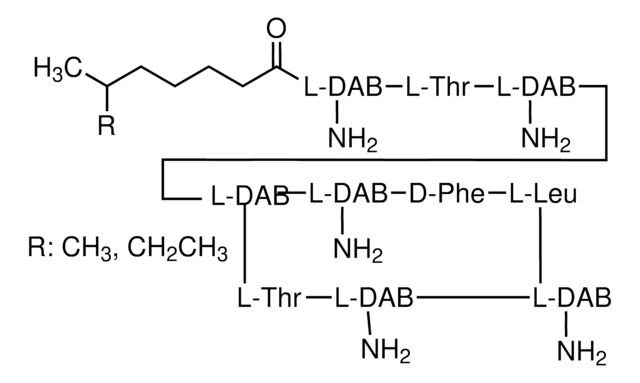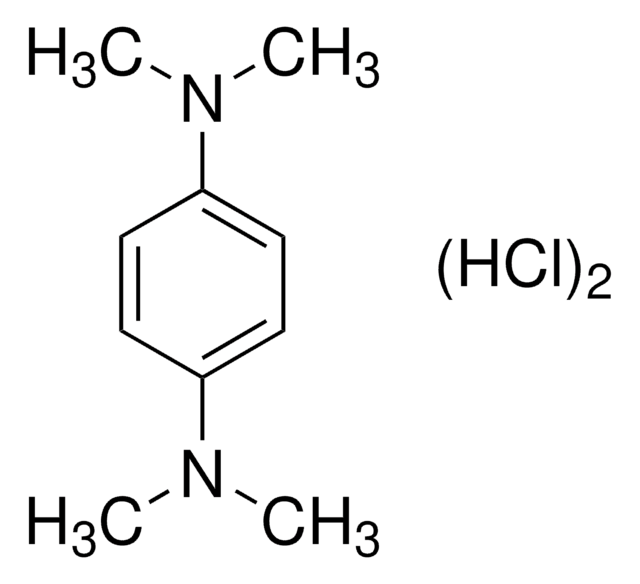N6160
Novobiocina sodium salt
meets USP testing specifications
Sinónimos:
Novobiocin sodium salt
About This Item
Productos recomendados
agency
USP/NF
meets USP testing specifications
Quality Level
form
powder
antibiotic activity spectrum
Gram-positive bacteria
application(s)
pharmaceutical (small molecule)
mode of action
DNA synthesis | interferes
enzyme | inhibits
storage temp.
2-8°C
SMILES string
[Na+].CO[C@@H]1[C@@H](OC(N)=O)[C@@H](O)[C@H](Oc2ccc3C([O-])=C(NC(=O)c4ccc(O)c(C\C=C(\C)C)c4)C(=O)Oc3c2C)OC1(C)C
InChI
1S/C31H35N2O11.Na/c1-14(2)7-8-16-13-17(9-11-19(16)34)27(37)33-21-22(35)18-10-12-20(15(3)24(18)42-28(21)38)41-29-23(36)25(43-30(32)39)26(40-6)31(4,5)44-29;/h7,9-13,23,25-26,29,34,36H,8H2,1-6H3,(H2,32,39)(H,33,37);/q-1;+1
InChI key
AXOUUAINTJNFRS-UHFFFAOYSA-N
¿Está buscando productos similares? Visita Guía de comparación de productos
General description
Application
Biochem/physiol Actions
Espectro antimicrobiano: Bacterias grampositivas.
Other Notes
signalword
Warning
hcodes
Hazard Classifications
Acute Tox. 4 Oral - Eye Irrit. 2 - Skin Sens. 1
Storage Class
11 - Combustible Solids
wgk_germany
WGK 1
flash_point_f
Not applicable
flash_point_c
Not applicable
ppe
dust mask type N95 (US), Eyeshields, Faceshields, Gloves
Elija entre una de las versiones más recientes:
¿Ya tiene este producto?
Encuentre la documentación para los productos que ha comprado recientemente en la Biblioteca de documentos.
Los clientes también vieron
Nuestro equipo de científicos tiene experiencia en todas las áreas de investigación: Ciencias de la vida, Ciencia de los materiales, Síntesis química, Cromatografía, Analítica y muchas otras.
Póngase en contacto con el Servicio técnico